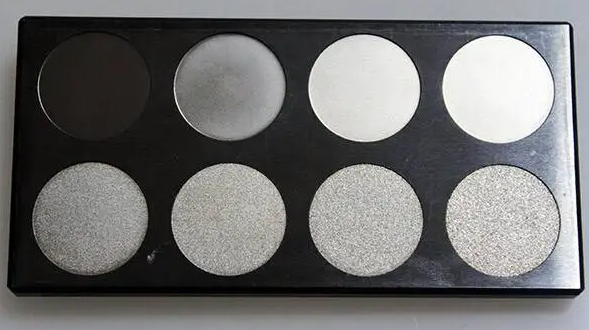
Achieving a matte finish in injection molding involves several techniques, primarily focusing on the mold surface texture, material selection, and processing parameters. Here’s a detailed guide on how to achieve a matte finish in injection-molded parts:
1. Mold Surface Treatment
- Texturing the Mold:
- Chemical Etching: The most common method to create a matte finish is chemical etching. This involves applying an acid or other chemicals to the mold surface to create a micro-texture that diffuses light and reduces gloss.
- Blasting: Sandblasting or bead blasting the mold surface with abrasive materials can also produce a matte texture. This technique roughens the surface, which scatters light and reduces shine.
- Laser Texturing: Advanced method involving laser etching to create precise and consistent matte patterns on the mold surface. This allows for intricate and repeatable textures.
- Polishing Techniques:
- Instead of polishing the mold to a mirror finish, use a lower-grade polish that leaves a satin or dull finish. This will result in a less reflective surface on the molded part.
[elementor-template id=”4330″]
2. Material Selection
- Matte Polymers:
- Use polymers that naturally exhibit a matte finish. Some materials are formulated with additives that reduce gloss.
- Filled Polymers: Materials filled with glass fibers, talc, or other fillers tend to have a more matte appearance due to the dispersed particles that scatter light.
- Additives:
- Matting Agents: Additives can be mixed with the plastic material to reduce surface gloss. These agents create a micro-roughness on the surface of the part.
- Colorants: Using specific colorants that diffuse light can also contribute to a matte finish.
3. Processing Parameters
- Mold Temperature:
- Lower mold temperatures can sometimes help achieve a matte finish. A cooler mold surface can prevent the material from forming a smooth, glossy surface.
- However, this needs to be balanced with the need for proper flow and filling of the mold.
- Injection Speed and Pressure:
- Adjusting the injection speed and pressure can influence the surface finish. Slower injection speeds can reduce the likelihood of a glossy surface.
- Ensure that these adjustments do not compromise the quality or structural integrity of the part.
- Cooling Time:
- Longer cooling times can help the material solidify with a matte finish as it reduces surface tension effects that can lead to a glossy finish.
- Ensure that the cooling time is optimized to prevent warping or other defects.
[elementor-template id=”4331″]
4. Post-Molding Processes
- Surface Treatments:
- If achieving a matte finish directly from molding is challenging, consider post-molding surface treatments like sanding, bead blasting, or applying a matte coating.
- Spray Coating: Applying a matte clear coat can effectively reduce gloss and add a uniform matte finish to the part.
Practical Tips
- Consistency: Ensure consistency in mold surface texture to achieve a uniform matte finish across all parts. Variations in texture can lead to inconsistent appearances.
- Prototyping: Before full production, prototype a few parts to test and refine the process for achieving the desired matte finish. This helps in identifying any adjustments needed in mold texturing, material selection, or processing parameters.
- Maintenance: Regularly maintain and inspect the mold to ensure the surface texture remains intact and does not wear down, which could affect the finish.
Conclusion
Achieving a matte finish in injection molding involves a combination of mold surface treatment, material selection, and optimized processing parameters. Techniques such as chemical etching, blasting, and the use of matte polymers or additives are key to reducing gloss and achieving the desired surface texture. By carefully controlling these factors, manufacturers can produce high-quality injection-molded parts with a consistent matte finish.
Related Conten: Injection Molding Factory
 DTG Mould Trade Process |
|
| Quote: | According to sample, drawing and specific requirement. |
|---|---|
| Discussion | Mold material, cavity number, price, runner, payment, etc. |
| S/C Signature | Approval for all the items. |
| Advance | Pay 50% by T/T |
| Product Design Checking | We check the product design. If some position is not perfect, or can not be done on the mould, we will send customer the report. |
| Mold Processing | Send report to customer once each week |
| Mold Testing | Send trial samples and try-out report to customer for confirmation |
| Mold Modification | According to customer’s feedback. |
| Balance Settlement | 50% by T/T after the customer approved the trial sample and mould quality. |
| Delivery | Delivery by sea or air. The forwarder can be designated by your side. |
 |
|

